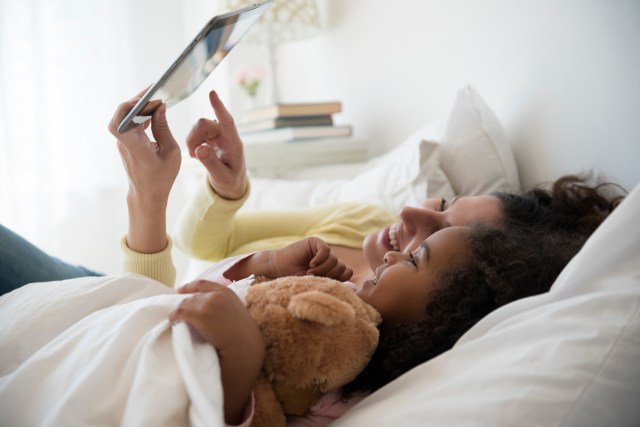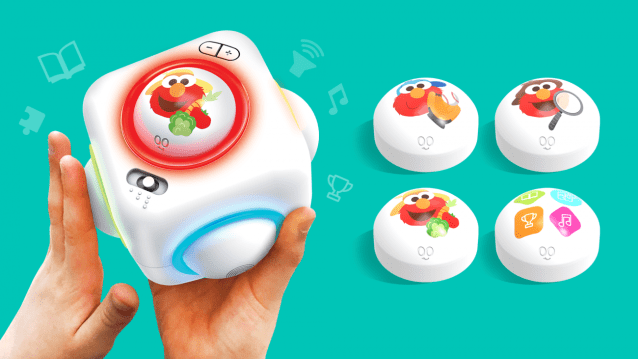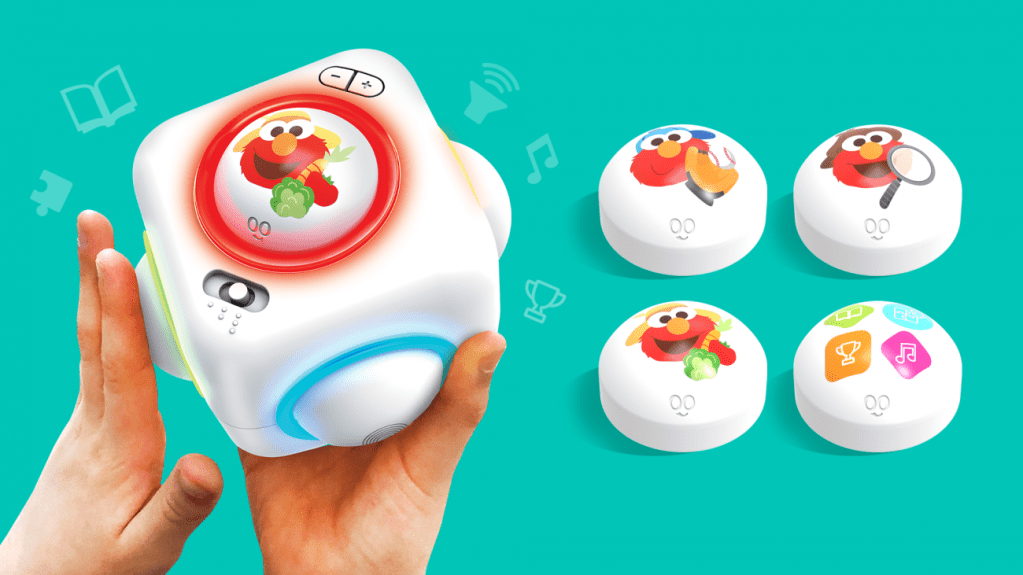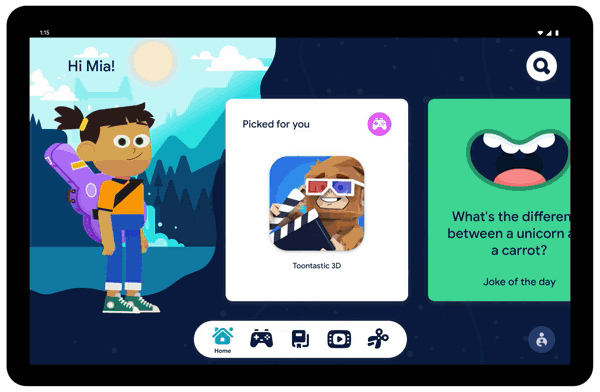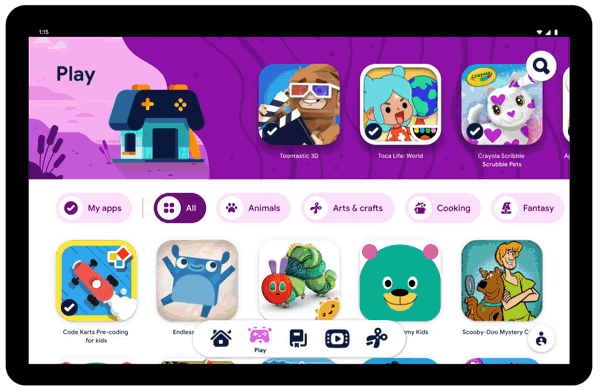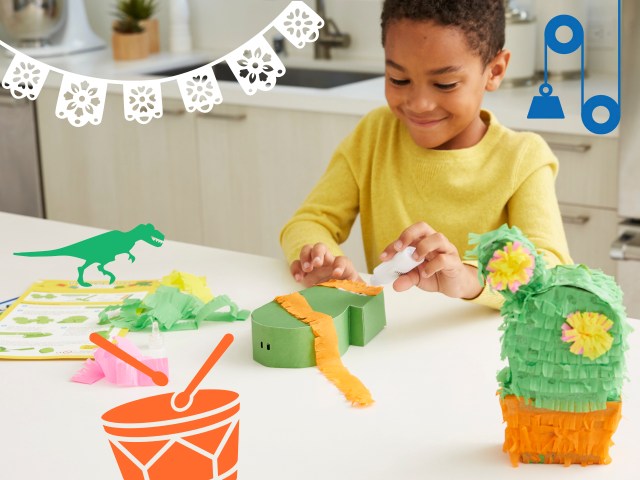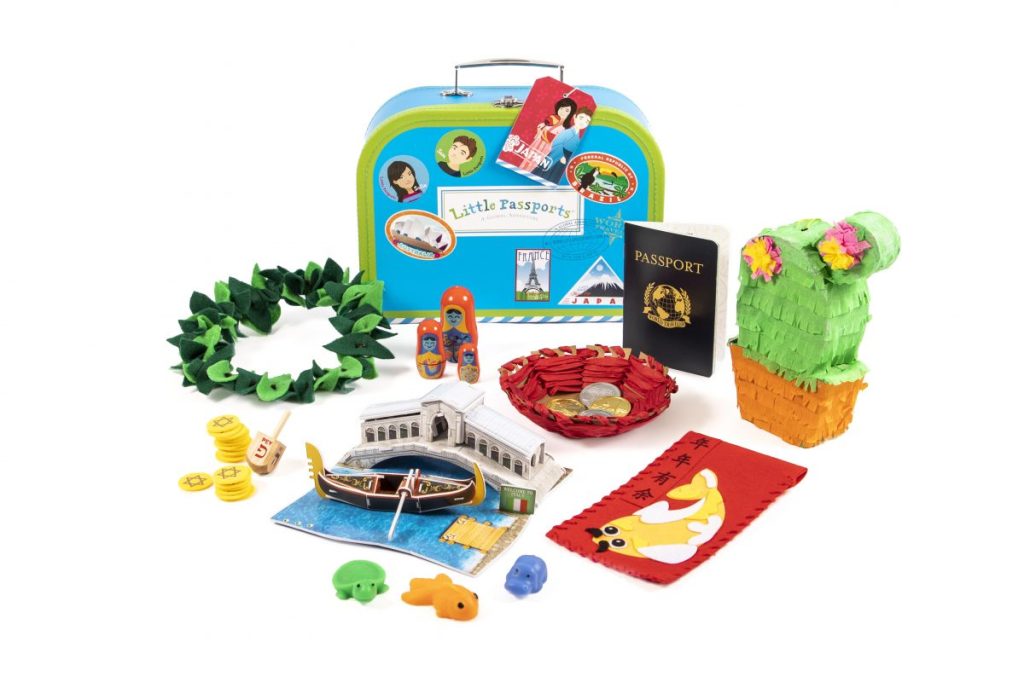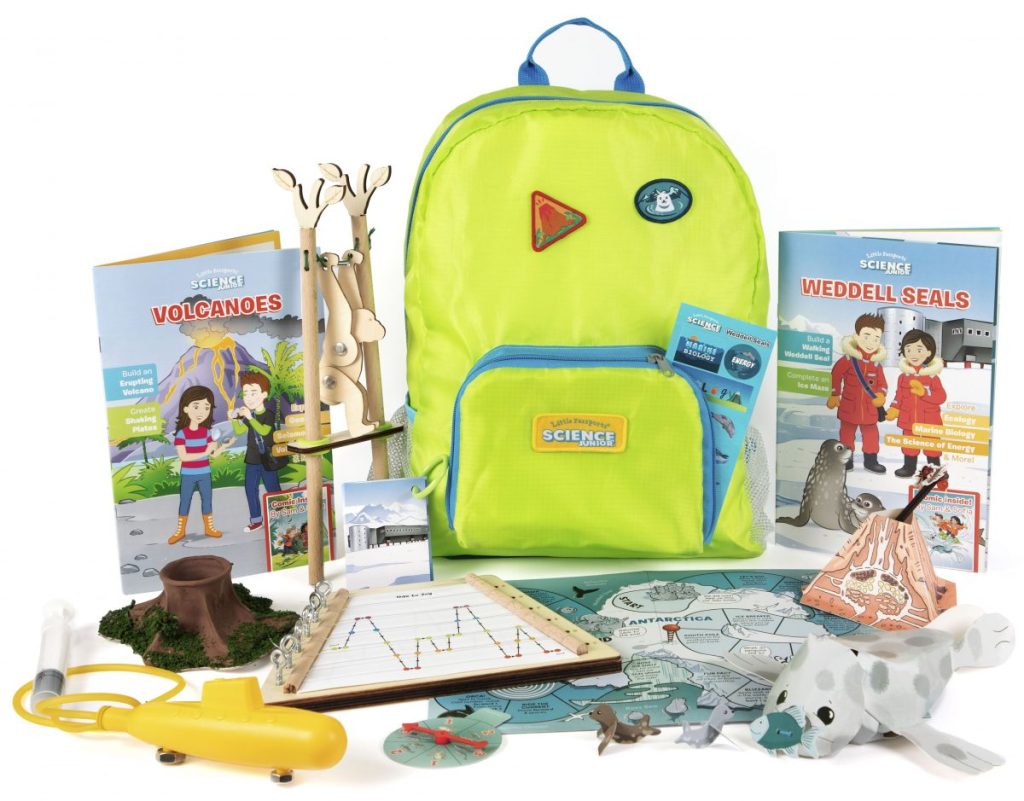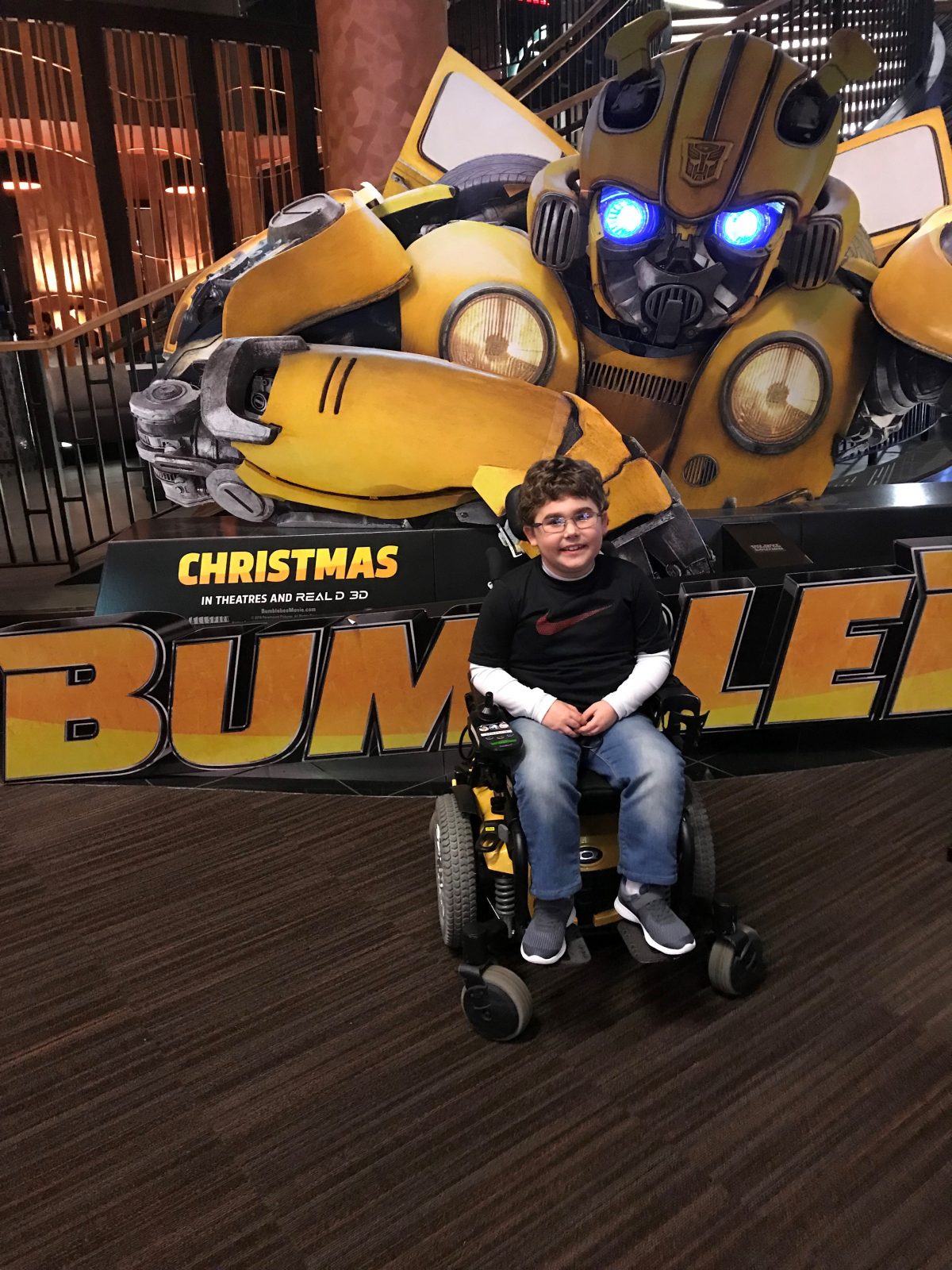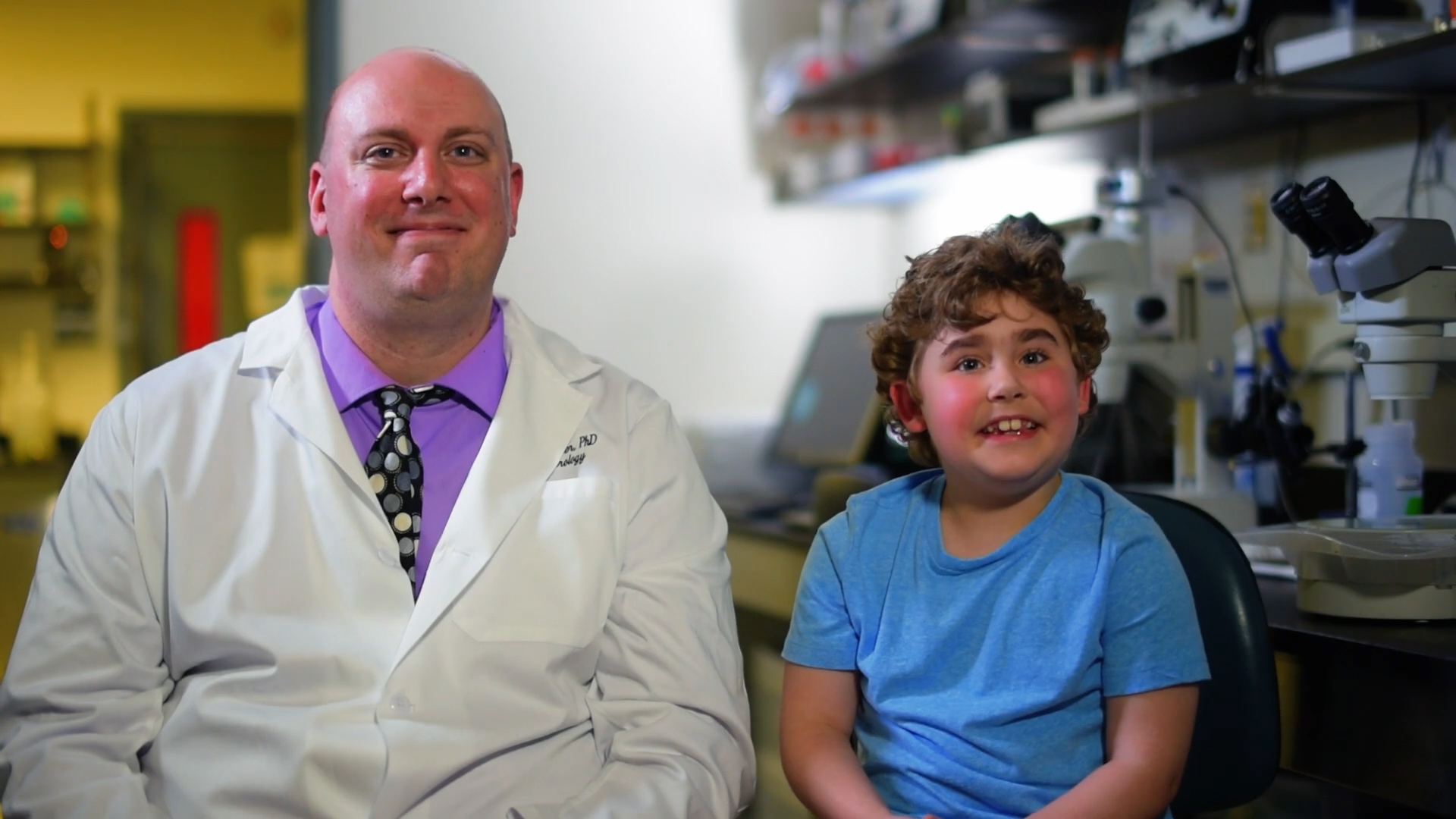Freelancer? Consultant? Entrepreneur? Parent who just needs to get stuff done without a child crawling all over you? Good news! The borough of Brooklyn is welcoming two new solutions to help you do your job and have someone watch the kids. Read on to get the scoop on how you can become infinitely more productive in a snap!
photo: CoHatchery
CoHatchery
Earlier this year, Wendy Xiao and Susann Friedrich launched CoHatchery, a coworking spot with on-site childcare. (Xiao, mom to a two-year-old son, was inspired by her efforts to complete an MBA at Columbia while pregnant and then being a mom to a newborn — think lugging a pump around campus, etc. Friedrich, also a Columbia MBA, is committed to empowering women in their careers at all stages of life.)
The two entrepreneurs first tested the waters with a pop-up location offering three-hours of coworking and childcare on the Upper West Side, and now, CoHatchery is putting down some roots — at least semi-permanently — for the first-ever CoHatchery Summer Program.
photo: CoHatchery
CoHatchery Summer Program
Located in the freelancer- and kid-heavy neighborhood of Park Slope, Brooklyn, the CoHatchery Summer Program operates in two separate spaces right across the street from one another. Kids play and learn at the Union Street Kidville location, while parents work in a commercial office space equipped with desks, wifi and printers across the way.
photo: CoHatchery
More Than Just Babysitting
Providing clients and their children an enriching childcare program was of paramount importance to Xiao and Friedrich. To that end, the company’s first hire was Chief Learning Officer Jamie Krenn, who holds a Ph.D. in Educational Psychology: Cognitive Studies from Teachers College, Columbia University as well as three Masters Degrees.
Krenn has developed a curriculum for children ages 6-months to 4-years old, inspired by Montessori, Waldorf, and Reggio Emilia philosophies. The program is designed with mixed-age classrooms and smaller age-based learning groups, supporting physical, social and emotional development, language and literacy, math and reasoning, creative development, and more.
The CoHatchery childcare experience will also involve parents, who can participate in activities at the time of drop-off or pickup to help create a seamless home-to-school transition.
Childcare slots are three-hours in duration, from 1 – 4 p.m., with optional parent integration activities from 12:45-1:00pm & 4:00-4:15pm.; you can see a sample schedule of activities here.
Coworking space photo: CoHatchery
Joining CoHatchery
Intrigued? CoHatchery is operating two, four-week blocks this summer, with the first running form July 7 to August 5, and the second from August 8 to September 2.
The minimum time requirement is 1/2 day per week, and a registration charge of $50 is credited toward your fees for the month. Rates start at $310 for one day of coworking with childcare, with discounts for additional days; five days of coworking with childcare is $1250. See full rate schedule here.
CoHatchery
Online: cohatchery.com
photo: The Workaround
The Workaround in Williamsburg
There’s more than one way to disrupt the work/childcare challenge. Launched in the spring of last year, The Workaround operated pop-up coworking spots with paid on-site childcare in East Williamsburg through 2015.
Now, The Workaround is relaunching as a babysitting co-op that also offers spots in neighborhood coworking spot Rough Draft. Founder Selena Beal adjusted The Workaround’s model after getting a deeper understanding of the community of freelancer parents in the neighborhood, and their needs. Specifically, the ebbs and flows of work and last-minute meetings or conference calls freelancers often experience, paired with a desire for a professional setting and camaraderie.
The Workaround 2.0
The new incarnation of The Workaround is composed of two, separate, but if one so chooses, complementary elements.
The first is a suite of four spots at coworking space Rough Draft; users can book a desk up outfitted with wifi and printing capabilities up to seven days a week at the space through The Workaround. Additional perks of Rought Draft include free coffee, tea, water, beer, locker space, meeting space and private phone booths.
Membership is $200 a month, covers your seat in the coworking space Rough Draft (if split evenly, for up to four hours per day, seven days per week), and, if you so choose, a network of fellow freelancers to cover the childcare piece while you work.
The childcare element of the Workaround is now operating on a co-op, or babysitting swap model — i.e. how lots of parents made things work back in the day, and many still do now. Instead of exchanging money, users “pay” in points, which are earned by watching another parent’s child. Bookings are made and tracked through a dedicated app.
So Who is Watching My Kid, Exactly?
It’s true, you might not know fellow members of the babysitting co-op when you join, but the idea is that things won’t stay that way.
Members of the babysitting co-op are required to complete a screening questionnaire as part of the signup process, and Beal plans to meet new members personally as part of the vetting process. The Workaround childcare co-op will also be holding information sessions throughout July and host monthly gatherings so members can get to know each other as individuals and families. Ultimately, the idea is that a member of your network or community, not a stranger, is helping with childcare.
The Workaround
Online: workaround.nyc
Have you tried coworking with childcare? Tell us about your experience in the comments!
—Mimi O’Connor
